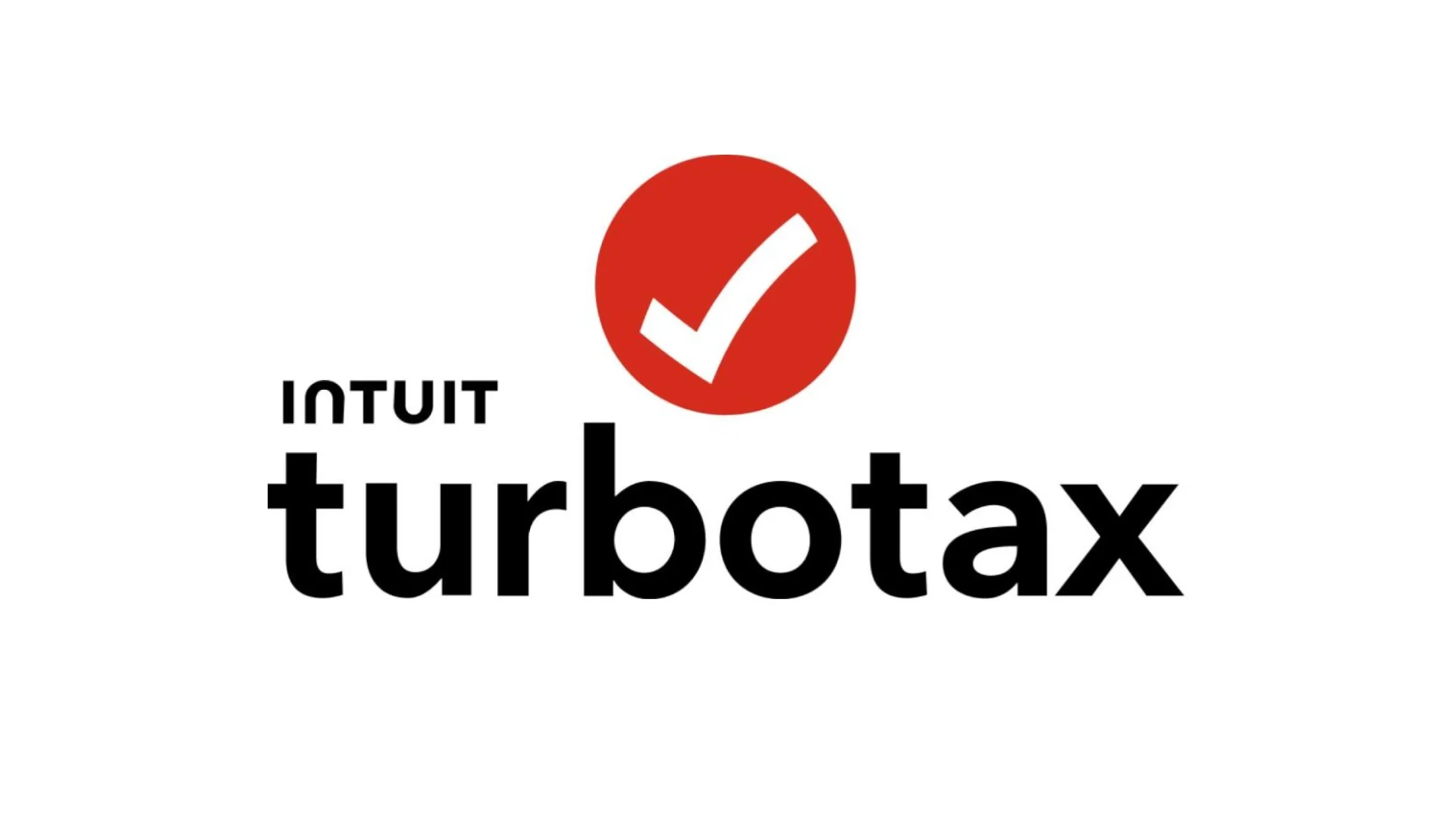TurboTax Free File offers a way to file simple tax returns for free. However, it’s essential to check whether you qualify for the program to avoid unexpected fees.
Who is eligible for TurboTax Free File?
To use TurboTax Free File, you must meet the following criteria:
- Simple tax return: Your tax situation must be straightforward. Generally, this means you only need to file Form 1040.
- Eligible income sources: You can have income from the following sources:
- W-2 wages
- Limited interest/dividend income (1099-INT/1099-DIV)
- Eligible tax credits: You can claim the following credits:
- Earned Income Tax Credit (EITC)
- Child Tax Credit (CTC)
- Student loan interest deduction
What tax situations are NOT covered by TurboTax Free File?
You cannot use TurboTax Free File if you have any of the following:
| Situation | Description |
|---|---|
| Itemized deductions | If you choose to itemize your deductions, you won’t qualify. |
| Unemployment income | Income reported on Form 1099-G disqualifies you. |
| Business or self-employment income | You’ll need a paid version of TurboTax to file if you have income from freelance work or a business you own. |
| Stock sales or investments | Income from capital gains makes you ineligible. |
| Rental property income | You cannot use TurboTax Free File if you have income from rental properties. |
Important Note
TurboTax, like other tax preparation software companies, occasionally changes the eligibility rules for their free file products. Always double-check the current requirements on the TurboTax website before starting your tax return.
Understanding TurboTax Free File
TurboTax, a product of Intuit, offers a Free Edition known as the TurboTax Free File. This service is tailored for taxpayers with simple tax situations and typically involves the use of a Form 1040. It is crucial to note that only a portion of individuals, approximately 37%, may be eligible for this free service, as it covers Form 1040 with limited credits.
To qualify for the free edition, taxpayers must meet certain conditions:
- Use Form 1040
- Have limited tax credits
The TurboTax Free File program is separate from the IRS Free File program, which is a collaboration between the IRS and various tax preparation software companies. This program offers no-cost filing to those who qualify, aiming to simplify the tax filing process.
Here’s a brief guide on who may qualify:
- Income Guideline: There may be income requirements to qualify for free filing.
- Form Restrictions: Ensuring you only need the Form 1040 and limited credits is important.
TurboTax, as a tax software, guides users through tax preparation ensuring they can claim the credits they are eligible for. Despite the allure of the Free Edition, it’s essential for filers to make sure their tax situation aligns with the conditions of the offer to avoid surprises.
For a summarized understanding:
| Feature | Details |
|---|---|
| Product | TurboTax Free File (Free Edition) |
| Company | Intuit |
| Eligible Tax Forms | Form 1040 + limited credits |
| Cost | $0 Fed. $0 State. $0 to File. |
| User Eligibility | Approximately 37% of filers |
| Separate from | IRS Free File program |
| Aim | To simplify tax filing for eligible taxpayers |
Before utilizing the TurboTax Free File, individuals should verify their eligibility to ensure a smooth and cost-free tax filing experience.
Eligibility Criteria
Choosing to file using TurboTax Free Edition is suitable for a variety of taxpayers, but it has specific conditions that need to be met. Below, readers can find the main aspects that determine if they can use this service.
Income Limitations
TurboTax Free Edition caters to taxpayers that have a simpler financial situation. Typically, individuals with W-2 income or those with limited interest and dividend income reported on forms 1099-INT and 1099-DIV may qualify. The service generally sets a limit on the income level, so it’s important for filers to check the current year’s threshold to see if they’re eligible.
Age and Filing Status
The TurboTax Free Edition does not normally restrict users based on age or filing status. However, it is designed for filers with simple returns. Simple returns usually refer to situations where individuals do not need to itemize deductions or have complex investment or rental property income.
Supported Tax Situations
Users can file with the Free Edition if they’re reporting standard tax situations such as unemployment income or claiming standard deductions. Tax credits like the Earned Income Tax Credit (EITC) and Child Tax Credit (CTC) are included. However, individuals with dependents, student loan interest, or users who might be eligible for other deductions and credits would need to verify if this edition would suit their needs. Rental property income, business income, and other complex tax situations are not supported by the Free Edition and would likely require an upgrade to a paid version.
Tax Forms and Schedules
When it comes to using TurboTax Free File, it’s crucial to know which IRS forms and schedules the software supports. This tool assists many taxpayers in filing their tax returns without cost, as long as they meet certain criteria.
Supported IRS Forms
TurboTax Free File caters to taxpayers by providing the ability to file IRS Form 1040 and support a variety of common tax-related forms and schedules. This includes but isn’t limited to the following:
- Form 1040: The standard federal income tax form used to report an individual’s gross income.
- Schedule A: Pertains to itemized deductions that taxpayers may claim in place of the standard deduction.
- Schedule C: For reporting profit or loss from a sole proprietorship business.
- Schedule D: For reporting capital gains and losses from investments.
- Schedule E: Related to supplemental income and loss, often from rental property or other business sources not reported on Schedule C.
- Schedule SE: To calculate self-employment tax.
- Form 1099-G: Documents certain government payments like state tax refunds and unemployment compensation.
- Form 1099-NEC: Reports nonemployee compensation, which is essential for independent contractors.
- Form 1099-INT: For reporting interest income.
- Form 1099-DIV: Reports dividends and distributions from investments.
The software is designed to guide eligible taxpayers through their tax returns, particularly focusing on those with W-2 income and limited credits. While some may require additional forms or schedules, TurboTax Free File includes the ones that are commonly used, ensuring that many individuals can file for free.
Credits and Deductions
Tax season means navigating the complex world of credits and deductions. These financial tools can lower a taxpayer’s bill or increase their refund, a welcome relief for personal finance.
Common Tax Credits
Tax credits reduce the amount of tax someone owes to the federal government, and they come in various forms. The Child Tax Credit is designed to assist families by offsetting costs related to raising children. In contrast, the Earned Income Tax Credit (EITC) aids low-to-moderate income workers and families get a tax break. If a taxpayer qualifies, these credits can be subtracted directly from their tax liability, unlike deductions that reduce taxable income.
Usable Deductions
There are two types of deductions: standard and itemized. Most taxpayers opt for the standard deduction, which lowers the income subject to tax by a fixed amount. Itemized deductions enable taxpayers to list eligible expenses like mortgage interest, state taxes paid, and charitable donations. Specialized deductions also exist, such as the Student Loan Interest Deduction, which allows certain taxpayers to deduct up to a specified amount of interest paid on student loans. Understanding which deductions and credits apply can significantly affect one’s personal finances during tax season.
Filing With TurboTax Free Edition
TurboTax Free Edition offers a no-cost way to file federal and state taxes for those with simple tax situations. This service is designed to be user-friendly, supporting both English and Spanish speakers.
Step-by-Step Guide
- Create an Account: Begin by signing up for a new TurboTax account or log in if you already have one.
- Choose Free Edition: Select the Free Edition when prompted, which is suitable if you have W-2 income, limited interest and dividend income from a bank, or unemployment income.
- Gather Your Tax Documents: Have your W-2s and any 1099s ready, which show your earnings and tax deductions. These come from employers and financial institutions.
- Enter Personal Information: Fill in your personal details such as name, address, Social Security number, and filing status.
- Follow the Prompts: TurboTax will guide you through each section, asking simple questions to enter your tax information correctly.
- Review Your Entries: Before submission, review all entered data for accuracy to ensure your tax return is free of errors.
Importing Tax Information
- Automated W-2 Import: TurboTax can automatically import W-2 information directly from many employers, streamlining the process.
- Financial Institution Import: TurboTax also offers the option to import 1099s for interest and dividend income from some financial institutions, making it less tedious to enter investment-related information.
Additional TurboTax Services
TurboTax, developed by Intuit, provides more than just the basics for taxpayers. It offers enhanced services designed to simplify the process even further for those who need a bit more assistance or peace of mind.
Live Assistance Options
With TurboTax Live Assisted Basic, users gain the advantage of having real-time access to tax experts. This service lets taxpayers have their tax questions answered by professionals as they work on their returns. It’s particularly helpful for those who may be new to doing their own taxes or who have hit a snag they can’t quite figure out on their own.
The Live Basic offering is targeted towards users with straightforward tax situations, ensuring they can file with confidence. For those needing a bit more robust help, Live Full Service Basic might be the right choice. Here, a tax expert will not only provide guidance but will also review your entire return to make sure everything is complete and accurate.
Audit Support
Nobody likes thinking about audits, but it’s good to know that help is available just in case. TurboTax offers audit support as an additional peace of mind for its users. If you find yourself facing an audit, TurboTax has resources to guide you through the process. This includes access to tax professionals who can provide advice on what to expect and how to prepare. However, it’s worth noting that this is a support service—it doesn’t include representation before the IRS or any state agency.
TurboTax stands out among tax preparation providers by offering these additional services, positioning itself as a comprehensive solution for personal finance and tax software needs.
Processing and Receiving Your Refund
When filing federal tax returns with TurboTax Free Edition, users can anticipate their refunds to be processed smoothly, with multiple options for receiving their funds and clear timelines for when they’ll get their money.
Refund Options
Direct Deposit: This is the fastest way to receive a tax refund. Users can opt to have their funds deposited directly into their bank account.
Paper Check: For those who prefer a physical check, this option is available but typically takes longer to receive.
TurboTax Refund Processing Service: Users can pay their TurboTax fees via their tax refund, but a third-party bank will charge a processing fee.
Refund Timing
- IRS E-filing Opening Date: Refunds start processing once the IRS begins its filing season and the e-filed returns are accepted.
- Refund Timeline after IRS Acceptance: The IRS typically issues refunds in less than 21 days after accepting a return, but exact timing can vary.
- Taxpayer Identification: TurboTax may notify users by the email address or phone number associated with their account when a refund is on its way.
Alternative Free File Options
When it’s time to tackle taxes, knowing your alternatives can save you money while streamlining the process. There are several free file options available for taxpayers, including IRS-accredited programs and third-party software, as well as free in-person assistance.
IRS Free File Alliance Programs
The IRS Free File Alliance is a coalition between the IRS and various tax preparation software providers that offer free online electronic filing to those who qualify. TaxAct Free and H&R Block are part of this alliance, providing accessible tools for eligible taxpayers.
- TaxAct Free: Designed for simple returns, accommodating first-time filers and students.
- H&R Block: Offers an easy-to-use interface for straightforward tax situations.
Third-Party Free Tax Software
While the Free File Alliance options are great, some taxpayers might benefit from other third-party applications which also support free electronic filing. Notable mentions include:
- Credit Karma: Provides free tax filing with an emphasis on user experience.
- TaxSlayer: Known for simple, efficient tax filing, even for complex returns.
Table: Comparison of Third-Party Software
| Tax Software | Free Edition Availability | Supports Complex Returns | Additional Features |
|---|---|---|---|
| Credit Karma | Yes | Yes | Credit monitoring integration |
| TaxSlayer | Yes | Yes | Quick refund estimate |
| FileYourTaxes.com | Limited free options | No |
Volunteer Tax Assistance
For individuals preferring in-person help or those with more intricate tax concerns, the Volunteer Income Tax Assistance (VITA) program offers free tax help, mainly to people who earn a moderate income, persons with disabilities, and those with limited English speaking ability. Volunteers are trained and certified to assist with a variety of tax topics.
- VITA Locations: Typically found in community centers, libraries, and schools.
- Free Preparation: Assistance is provided by trained volunteers who know their way around a tax form.
Security and Privacy Considerations
When using TurboTax, a product offered by Intuit, individuals are entrusting the software with sensitive personal information. Security and privacy are paramount due to the nature of the data involved, such as social security numbers, income details, and other personal identifiers.
Data Security:
To protect users’ data, TurboTax implements several security measures. These precautions are designed to guard against unauthorized access and to ensure that personal information remains confidential.
Essential security practices include:
- Encryption of data both in transit and at rest.
- Multi-factor authentication options for user accounts.
- Regular security audits and updates to address any software vulnerabilities.
Personal Information Use:
It’s vital to understand how personal information is used within the tax software. TurboTax’s Privacy Statement outlines their approach to handling user information and details the circumstances under which it could be shared.
Key points from the privacy policies:
- Intuit may use personal data to maintain the service and for legal compliance.
- Users have certain controls over their personal information and its usage.
- Information could be utilized for targeted advertising unless users opt out explicitly.
Consider This:
Individuals should always review the privacy statement of any tax software to understand their rights and the company’s data handling practices. Also, it’s prudent to use secure internet connections when transmitting tax information to avoid potential data breaches.
TurboTax places a significant emphasis on keeping users’ tax data secure and private. However, it’s recommended that users take an active role in safeguarding their information by using strong, unique passwords and being vigilant about potential tax-related scams. Being aware of the surrounding privacy issues helps users make informed decisions and feel confident in the security of their tax filing process.
Frequently Asked Questions
Tax season brings a slew of queries from filers. The following are some common questions associated with the TurboTax Free Edition.
How can I determine if I’m eligible for the TurboTax Free Edition?
You can use the TurboTax Free Edition if you are filing a simple tax return, which typically includes a Form 1040 and limited credits. It’s tailored for simple tax situations.
What steps should I follow to file my taxes using the TurboTax Free File option?
To file with TurboTax Free File, start by creating an account on the TurboTax website. Then, you can follow the guided steps within the software that will help you input your tax information and check for any deductions or credits.
Are there any income restrictions for using TurboTax Free File?
TurboTax Free File is generally aimed at those with simpler tax situations, which often correlates with lower income levels. However, the exact income restrictions can change annually, so it’s best to check TurboTax’s current criteria.
How does TurboTax Free Edition differ from the IRS Free File Program?
The IRS Free File Program is a partnership with tax filing software companies that offer free filing to those with incomes below a certain threshold. TurboTax Free Edition, while similar, is separate and has its own eligibility requirements.
What services are included in the TurboTax Free File offer?
The TurboTax Free File offer includes the preparation, printing, and e-filing of federal tax returns for eligible individuals. It supports the Form 1040 and allows for claiming some tax credits.
If TurboTax Free File isn’t available to me, what are my alternatives for free tax filing?
If you’re not eligible for TurboTax Free File, other options include the IRS Free File Program if you meet the income criteria or the Volunteer Income Tax Assistance (VITA) program for qualified individuals. Other tax software companies may also offer free filing options.






